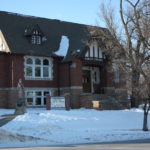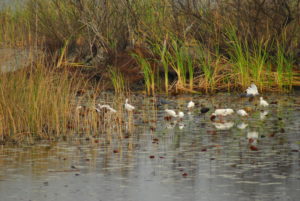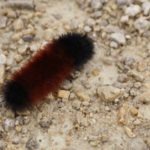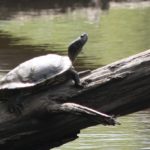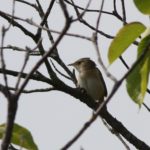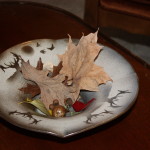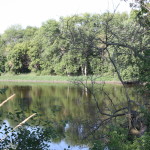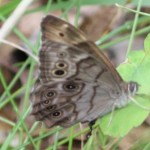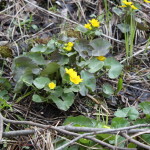If you want to be a naturalist, you should be willing to get outside even when the weather is…less than ideal. Wind, snow, sleet: they’re all part of the experience.
Still. There comes a point each winter when I start to think that the ice, gray skies, and sub-zero temperatures have nothing new to teach me. I have options. I could curl up next to my laptop with a pot of coffee and binge-watch a season of my favorite British TV series. Continue reading

